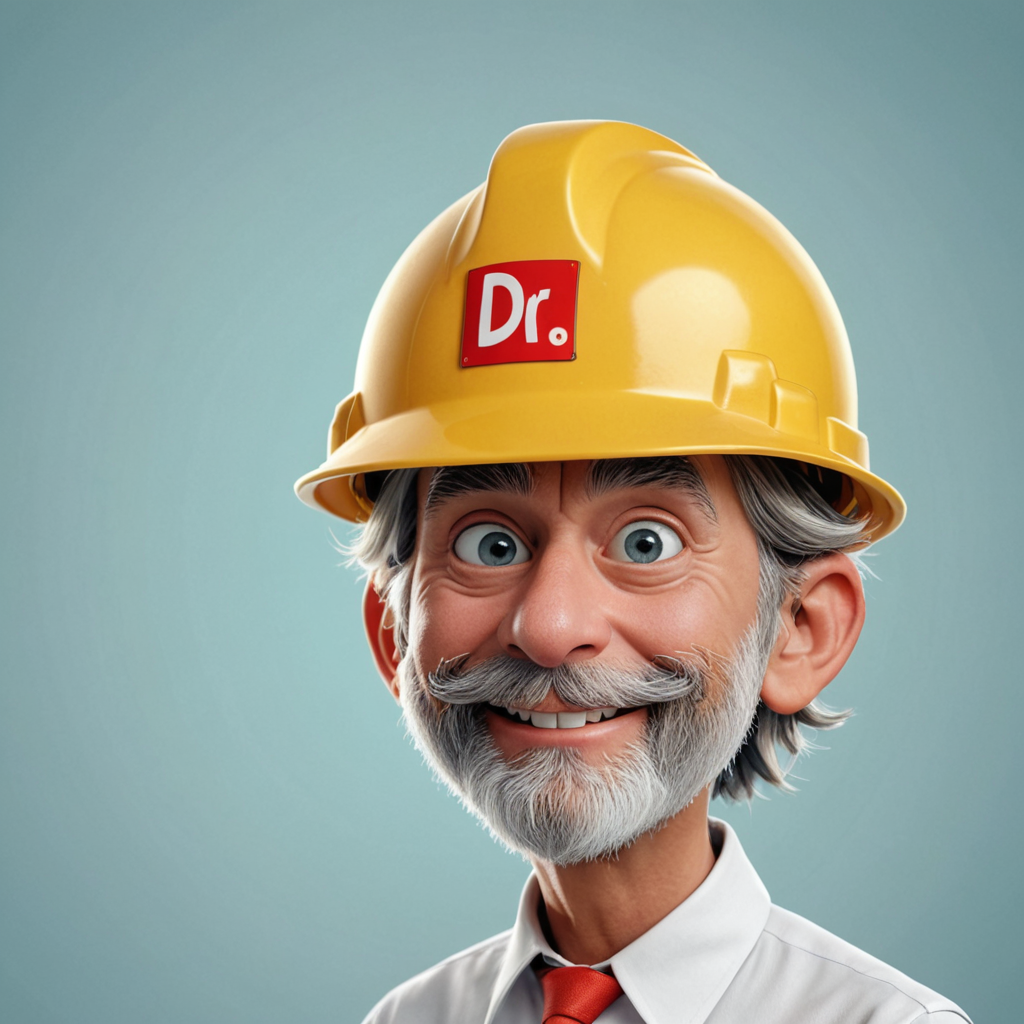
In the realm of occupational safety, hardhats stand out as an unwavering symbol of protection and vigilance. Despite their uncomfortable reputation, the significance of hardhats in safeguarding workers from head injuries cannot be overstated. This article delves into the uncomfortable nature of hardhats, while highlighting their indispensable role in maintaining safety in hazardous work environments.
Hardhats, designed to offer protection against impacts, electrical shocks, and other potential head injuries, are a common sight in construction sites, industrial settings, and various other workplaces where risks abound. However, it’s no secret that these essential pieces of personal protective equipment (PPE) often come with a degree of discomfort. Complaints range from issues with fit and ventilation to the added weight atop the head during long, strenuous workdays. Yet, this discomfort pales in comparison to the critical benefits these helmets provide.
The design of hardhats is a compromise between maximum protection and wearability. They are constructed to disperse the force of a blow over a larger area, thus reducing the risk of a direct injury. Innovations and improvements in materials and design are continuously being made, aiming to enhance comfort without compromising safety. Features such as adjustable straps, padding, and improved ventilation are being incorporated to address comfort concerns, yet the perception of discomfort persists.
Despite these discomforts, the critical role of hardhats in preventing workplace injuries is undeniable. The statistics are sobering; according to reports from various safety organizations, head injuries can be devastating and are among the leading causes of work-related fatalities. Hardhats have been proven to significantly reduce the severity of injuries and the likelihood of fatalities in accidents involving head trauma.
Moreover, the use of hardhats extends beyond physical protection. They serve as a visual reminder of the importance of safety, reinforcing a culture of caution and vigilance on the job site. Compliance with safety regulations, including the wearing of hardhats, is a testament to an organization’s commitment to its workers’ wellbeing.
The discomfort associated with wearing hardhats, while a valid concern, is a small price to pay for the level of protection they afford. It is essential for employers and workers alike to prioritize safety over comfort, while manufacturers continue to innovate to make hardhats as comfortable as possible without compromising their protective qualities.
In conclusion, while hardhats may be uncomfortable for some, their critical role in protecting workers from potentially life-altering or fatal injuries is indisputable. The focus should remain on enhancing the design and materials to improve comfort, but without losing sight of the primary objective: safeguarding lives. After all, in the balance between comfort and safety, the scale should always tip towards preserving health and life.
